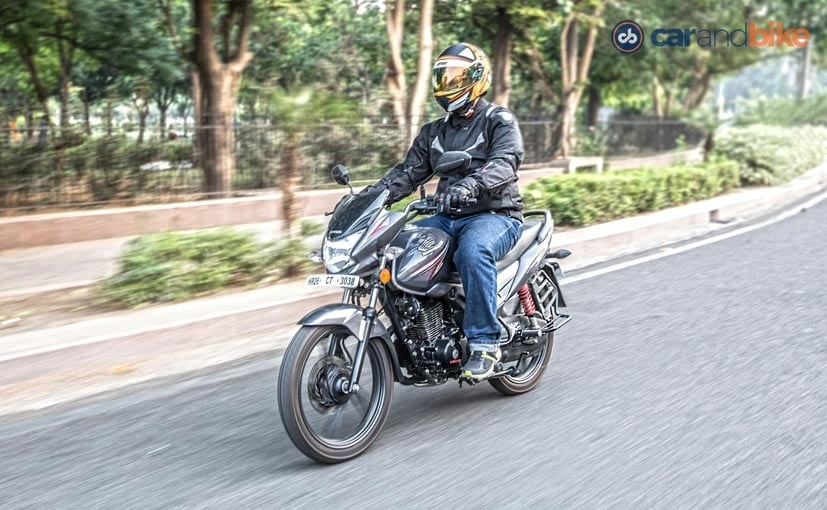Motorcycle Helmets Equipped With Airbag Could Provide Six-Fold Protection

Highlights
- Airbag helmets may reduce impact on the skull by as much as six-fold
- These helmets come with a soft pocket worn around the neck
- Traditional helmets come with foam pads that reduces the impact
Airbag helmets may reduce impact by as much as six-fold compared to traditional bike helmets, drop tests from as high as two meters have shown. Wearing a helmet is better than no helmet at all, but traditional helmets do not protect riders as well as they could, according to Stanford University bioengineer David Camarillo. "Foam bike helmets can and have been proven to reduce the likelihood of skull fracture and other, more severe brain injury," said Camarillo. "But, I think many falsely believe that a bike helmet is there to protect against a concussion. That's not true," he said.
Camarillo tested a new type of helmet that is starting to be available in some European countries. The helmet comes with a soft pocket worn around the neck. It pops up, like an airbag, around a person's head when it senses a potential collision. It was originally designed to address the fact that people do not like to wear helmets for aesthetic reasons. The researchers compared this airbag helmet directly to traditional foam bike helmets. "We conducted drop tests, which are typical federal tests to assess bicycle helmets, and we found that airbag helmets, with the right initial pressure, can reduce head accelerations five to six times compared to a traditional bicycle helmet," said Mehmet Kurt, a postdoctoral scholar in the Camarillo Lab.

The drop test consisted of putting the helmets on a dummy head containing accelerometers and dropping it, neck-side up, from various heights onto a metal platform. The head form was tilted at two different angles, simulating hits to the crown and the side of the head. Researchers dropped the helmets from as low as 0.8 meters to as high as two meters and measured the linear acceleration of the helmet as it struck the ground. Camarillo said that the large size of the airbag helmet compared to foam bike helmets is the likely source of its success. Being larger, it can also be softer, allowing for a more cushioned fall.
However, this cushioning also has a potential downside. In the testing, the airbag helmet was pre-inflated and the researchers maximised the pressure of the air inside the helmet before each drop in order to get these results. "Although airbag helmets have the potential to reduce the acceleration levels that you experience during a bicycle accident, it also suggests that the initial pressure that your airbag helmet has is very critical in reducing these acceleration levels," Kurt said.
Without the maximum amount of air, the airbag helmet could bottom out, causing the head to hit the ground with much more force than if it were wearing a traditional foam helmet. In current versions of the airbag helmet, a chemical process triggers expansion, which does not seem to guarantee maximum air pressure, researchers said.
The research was published in the journal Annals of Biomedical Engineering.
Related Articles
Latest News
- Home
- News
- Technology
- Motorcycle Helmets Equipped With Airbag Could Provide Six-Fold Protection: Study














